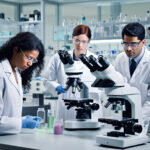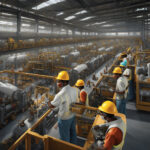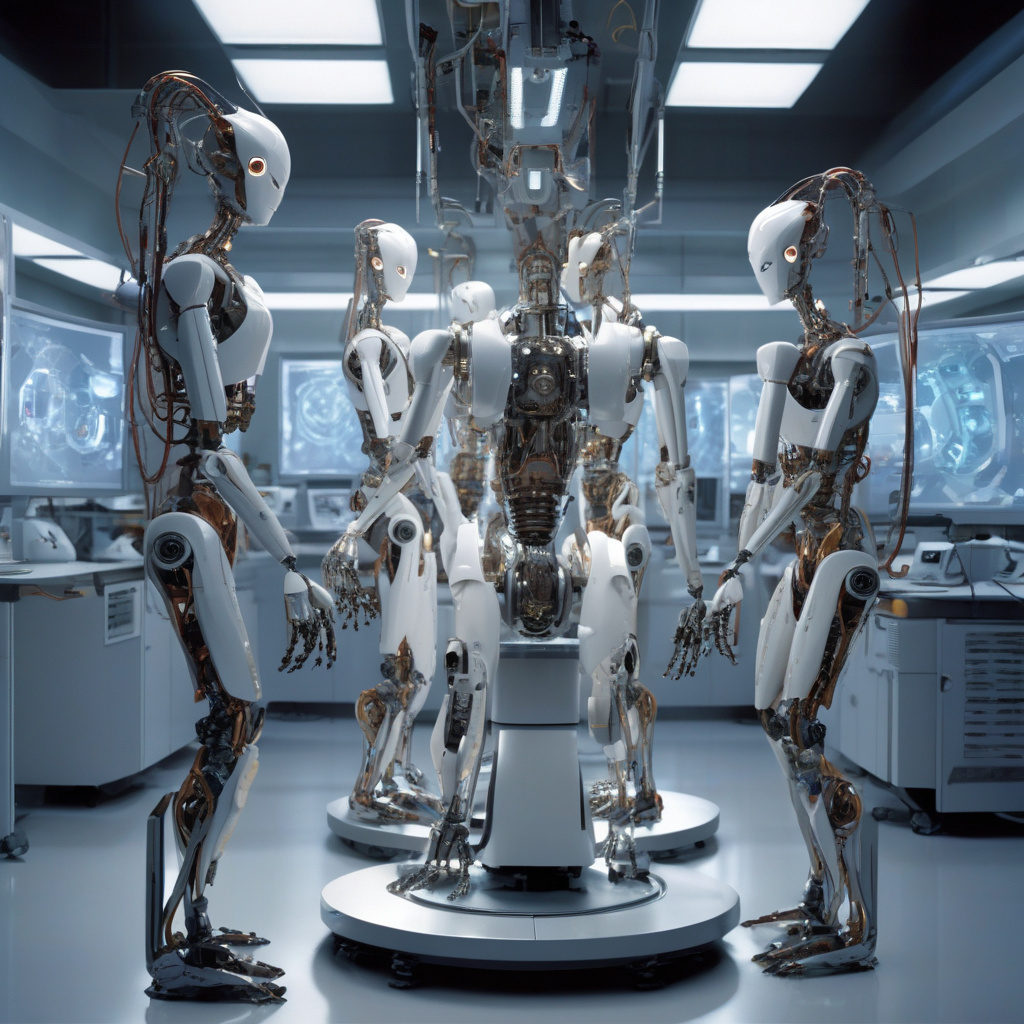Robot Metabolism: The Future of Self-Repairing Machines
We have seen robots do some incredible things, right? However, the physical structures sometimes limit their capabilities. What if robots could repair themselves without human intervention? This seemingly futuristic concept is closer to reality than we might think, thanks to the development of robot metabolism.
Just like living organisms, robots could potentially have a form of metabolism that enables them to heal and regenerate. This groundbreaking technology could revolutionize various industries, from manufacturing to space exploration.
Imagine a scenario where a robot working in a hazardous environment gets damaged. Instead of waiting for human technicians to diagnose the issue and perform repairs, the robot could heal itself using materials from its environment. This ability not only reduces downtime but also enhances the overall efficiency of operations.
One of the key advantages of incorporating metabolism into robots is the potential for prolonged lifespan and increased resilience. By allowing machines to autonomously address wear and tear, the need for frequent maintenance checks and manual repairs is significantly reduced. This not only saves time and money but also minimizes the risks associated with human intervention in dangerous settings.
Furthermore, the concept of robot metabolism aligns with the principles of sustainability and circular economy. By promoting self-repair and reusability, this technology contributes to reducing electronic waste and promoting a more environmentally friendly approach to robotics.
Researchers and engineers are actively exploring various mechanisms to enable robot metabolism. For instance, self-healing materials that mimic biological tissues are being integrated into robot designs. These materials can detect and repair damage, similar to how our skin heals from injuries.
Additionally, advancements in artificial intelligence play a crucial role in enhancing the self-repair capabilities of robots. Machine learning algorithms enable robots to analyze data from sensors, identify issues, and execute repair processes autonomously. This level of sophistication is essential for creating truly self-sufficient machines.
The potential applications of robot metabolism are vast and diverse. In the field of space exploration, where human intervention is challenging, self-repairing robots could play a vital role in maintaining equipment and infrastructure on distant planets or spacecraft. Similarly, industries such as healthcare, transportation, and infrastructure could benefit significantly from this technology.
While the concept of robot metabolism holds immense promise, there are still challenges to overcome. Ensuring the reliability and efficiency of self-repair mechanisms, addressing compatibility issues with existing technologies, and navigating ethical considerations are among the key hurdles that researchers face.
In conclusion, the development of robot metabolism represents a significant leap towards creating autonomous and self-sustaining machines. By enabling robots to repair themselves without human intervention, we are not only pushing the boundaries of technological innovation but also reshaping the future of automation. As we continue to explore the possibilities of this transformative technology, one thing is certain – the era of self-repairing machines is on the horizon.
robot metabolism, self-repairing machines, technological innovation, artificial intelligence, sustainability












